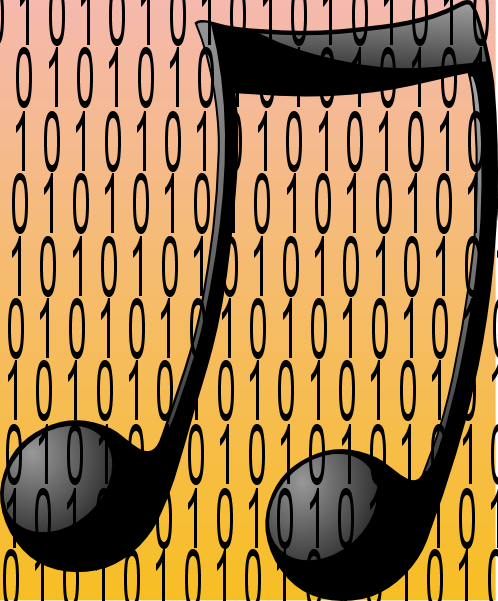Tagging - process details
Step 2a: Look up on MusicBrainz
You can do this while the CD is ripping. Start Picard (see the “Resources” page for installation details) and select "Lookup CD". If the CD is found, select "OK" and the album will load into Picard's right hand pane.
If the CD is not found, select "Lookup manually" and see if there is an identical release. If so, you can add the current Disc ID to that release, go to the release overview and use the "tagger" button to load the details into Picard.
If the release is missing then you will need to follow the instructions for adding a new release, which can be found on the MusicBrainz website. There are various better alternatives to adding all the data by hand. If the ripping software has provided some decent tags then you can install and use the Picard plugin "Add cluster as release..." - just right-click on the cluster and select it from the "Plugins", but be sure your web browser is signed into your editor account on MusicBrainz first. This will pre-populate the new release with the information from your tags, which you can then enhance as required. Alternatively, the release may well be on the Discogs website: you can install a script on Discogs that will pre-populate MusicBrainz with the release details - see here for more information about shortcuts to entering releases.
If you are starting with a download or an existing digital album, drag the folder into Picard's unmatched files, select cluster then lookup or scan. If Picard can't find it then you can try searching MusicBrainz for the release (in your browser) and, if you find it, use the tagger button  to get it into Picard - you need to append "?tport=8000", or whatever the port number of Picard is, to the URL if the tagger button doesn't show. If the release is not in MB, then you will need to add it.
to get it into Picard - you need to append "?tport=8000", or whatever the port number of Picard is, to the URL if the tagger button doesn't show. If the release is not in MB, then you will need to add it.
Step 2b: Run Picard and edit in MusicBrainz as necessary
Load the files into Picard (with the Classical Extras plugin installed):
- Hopefully, if you did step 2a, you have already got the tagged release in the right-hand pane. In that case, just drag the relevant folder with the ripped files onto that release
- Otherwise drag the folder with the ripped files into the "unmatched files" folder in the left hand pane. "Cluster" the files and then select "lookup" or "scan". Lookup will use the existing tags to try and find a match, while scan will use the music 'fingerprint'. If there is an exact match then this usually works well but, if not, you may get a lot of unwanted possible matches. This is why step 2a is recommended.
This should automatically provide all the best possible tags. However if the metadata in MB are less than ideal, you will need to amend them (logged into MB as an editor). If the release is not present at all, then you will need to add it.
Review the results in the bottom pane of Picard to ensure that it looks like what you were expecting and check for any error messages from Classical Extras - these are provided as additional tags. If it is not to your liking then you may need to revise the Picard/Classical Extras options or add/amend MusicBrainz metadata. To review/edit the release in MusicBrainz, right-click the release in the right hand pane of Picard and select "Lookup in browser" (if you don't already have it open). Once you are happy with the data, save the album. (The first time I save the files from Picard, I also select "Move files" and "Rename files" under tools, with the options set so that the newly ripped files get moved into an appropriately located and named folder and the “work-in-progress” folder gets deleted - see the "Resources" section).
Please note that the "Classical Extras" plugin has an extensive "Readme" file which fully describes the operation, output and usage of the plugin. This is discussed more in the "Resources" section.
